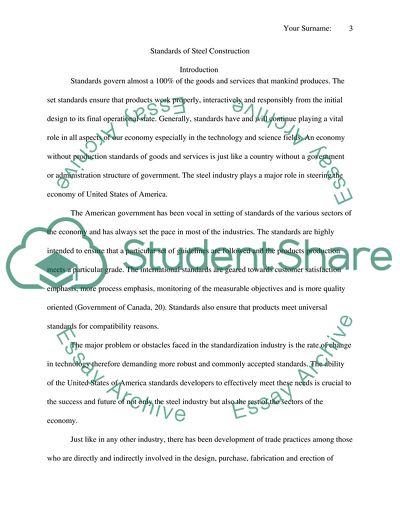Cite this document
(Standards of Steel Construction Dissertation Example | Topics and Well Written Essays - 3250 words, n.d.)
Standards of Steel Construction Dissertation Example | Topics and Well Written Essays - 3250 words. Retrieved from https://studentshare.org/engineering-and-construction/1739844-standards-of-steel-construction
Standards of Steel Construction Dissertation Example | Topics and Well Written Essays - 3250 words. Retrieved from https://studentshare.org/engineering-and-construction/1739844-standards-of-steel-construction
(Standards of Steel Construction Dissertation Example | Topics and Well Written Essays - 3250 Words)
Standards of Steel Construction Dissertation Example | Topics and Well Written Essays - 3250 Words. https://studentshare.org/engineering-and-construction/1739844-standards-of-steel-construction.
Standards of Steel Construction Dissertation Example | Topics and Well Written Essays - 3250 Words. https://studentshare.org/engineering-and-construction/1739844-standards-of-steel-construction.
“Standards of Steel Construction Dissertation Example | Topics and Well Written Essays - 3250 Words”, n.d. https://studentshare.org/engineering-and-construction/1739844-standards-of-steel-construction.


